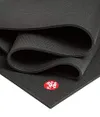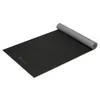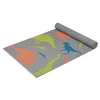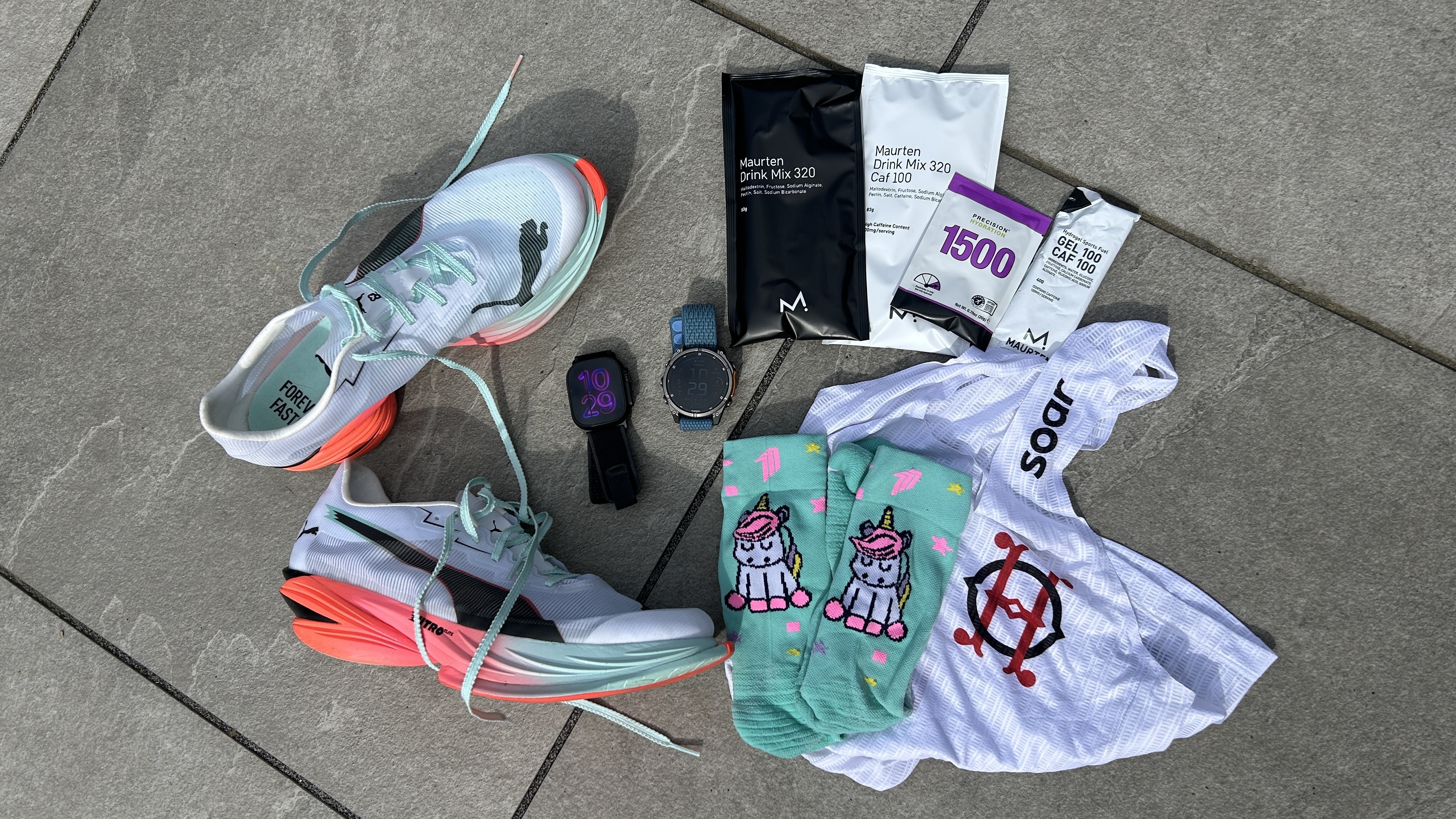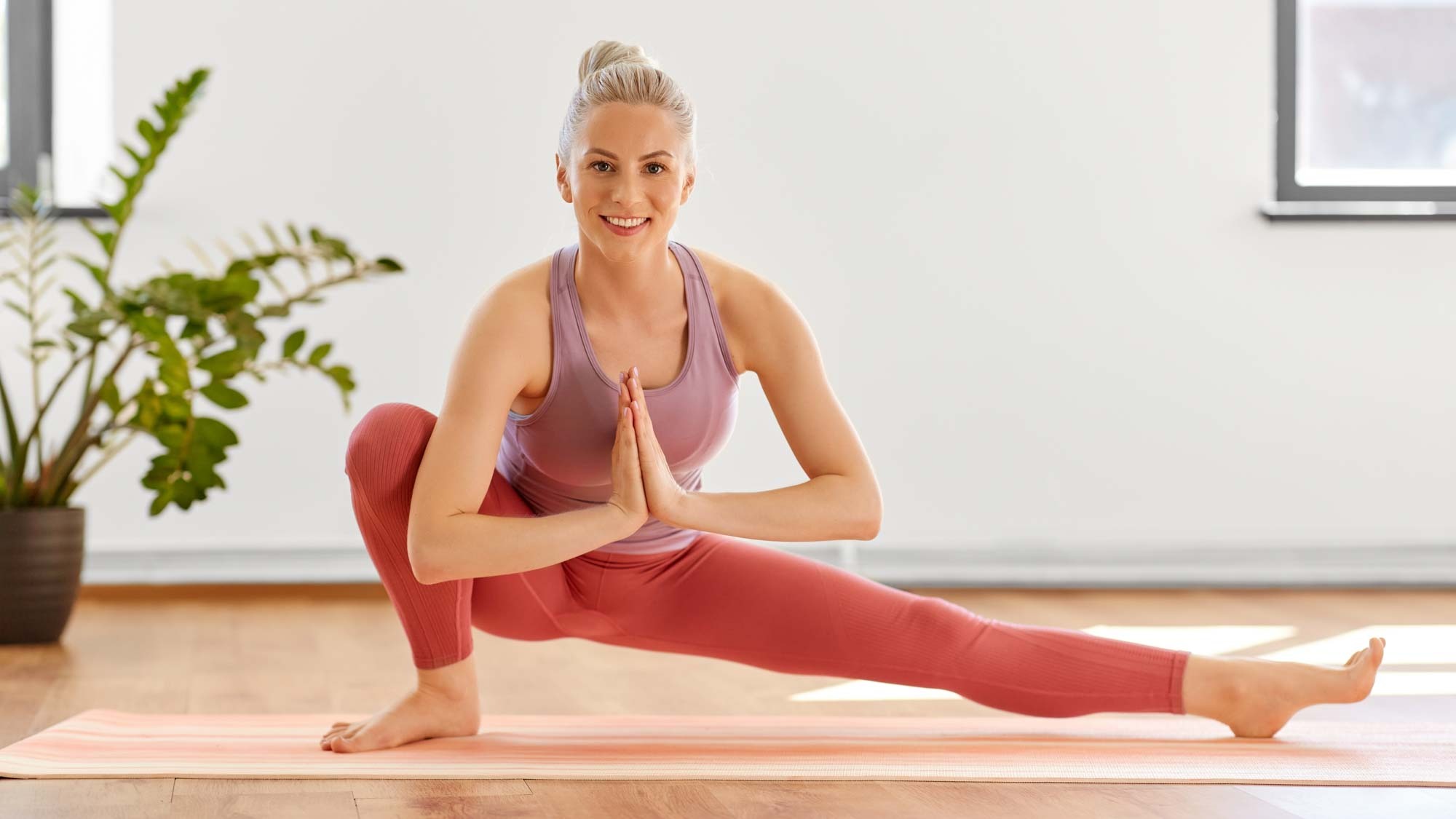
This isn’t the first time I’ve harped on about the benefits of Cossack squats, and it won’t be the last. I’m such a fan of the exercise and its ability to transform lower-body strength, mobility and stability that I’ve switched out lunges altogether for a while.
I’m not bad-mouthing traditional lunges, but for some people, they just don’t feel great for the knees, even if you don't have an injury. And there are so many squat and lunge variations these days, plus different angles and equipment you can utilize, why settle?
I’ve personally taken a break from lunges, and if you have too, then here’s why adding the Cossack squat to your strength or mobility regime could be a game-changer for strengthening your legs, hips, core and glutes instead.
What is the Cossack squat?
The Cossack squat is like the rogue twin of side lunges, just begging to show off. Honestly, there’s barely a muscle left inactive during this move; it utilizes your core muscles for trunk stabilization and works your hip flexors, quads, hamstrings, glutes, calves and lower back.
Plus, you’ll find a deep stretch in your groin and adductor muscles that run down the upper insides of your legs while testing the mobility of your hips, knees and ankles. So yes, Cossack squats do pack one hell of a punch.
I recommend learning how to do Cossack squats with your bodyweight before holding weights like dumbbells or kettlebells.
What are the benefits?
The much deeper sitting position and lateral step direction hits the outer glutes and inner thighs much harder than the squat or "trad" lunge does; this helps improve overall flexibility and unlock better mobility in the squat or lunge position.
And the yogis know it well. Their variation is called Skandasana—half squat pose — and works as a deep hip opener.
A while back, I did 90 Cossack squats every day for a week and found improvements to overall stability and flexibility after just a week’s worth of practice. Fast forward, and I'm yet to find a side lunge variation that beats the Cossack for feeling good for my knees and delivering an intense stretch.
Squats and lunges are two of the most effective compound exercises for building lower-body strength. If you struggle with the mechanics of either of them or have a limited range of motion (some telltale signs include the buttwink, rounding your back, lifting your heels, or allowing the knees to cave in), then Cossacks are capable of helping you.
Hands down, this is one of my favorite mobility exercises — with or without weights — for clients before a class.
In theory, the move looks fairly simple, but delivers a serious burn. At Tom’s Guide, we like to live life below parallel, but finding depth during Cossacks comes with time, practice and patience. It’s accessible for beginners, but you might want to play around with it a little to find what works for your body.
If you eventually reach the stage where the bodyweight Cossack feels comfortable, holding a weight in front of your chest or racked at your shoulders is the next step to allow your body to open up even more and build strength.
You might also experiment with your heel and toe position; toes pointing upward transitions focus to the back of the leg, whereas toes forward allows for a deeper adductor stretch along the inside of the straight leg.
Tight ankles? Try positioning a yoga block beneath your hands or the ankle of your bent leg for support.
I recommend aiming for 3-4 sets of 10-15 reps, depending on whether or not you’re warming up or incorporating it into a strength program. Opt for less if you plan to use it before you exercise.
Bottom line
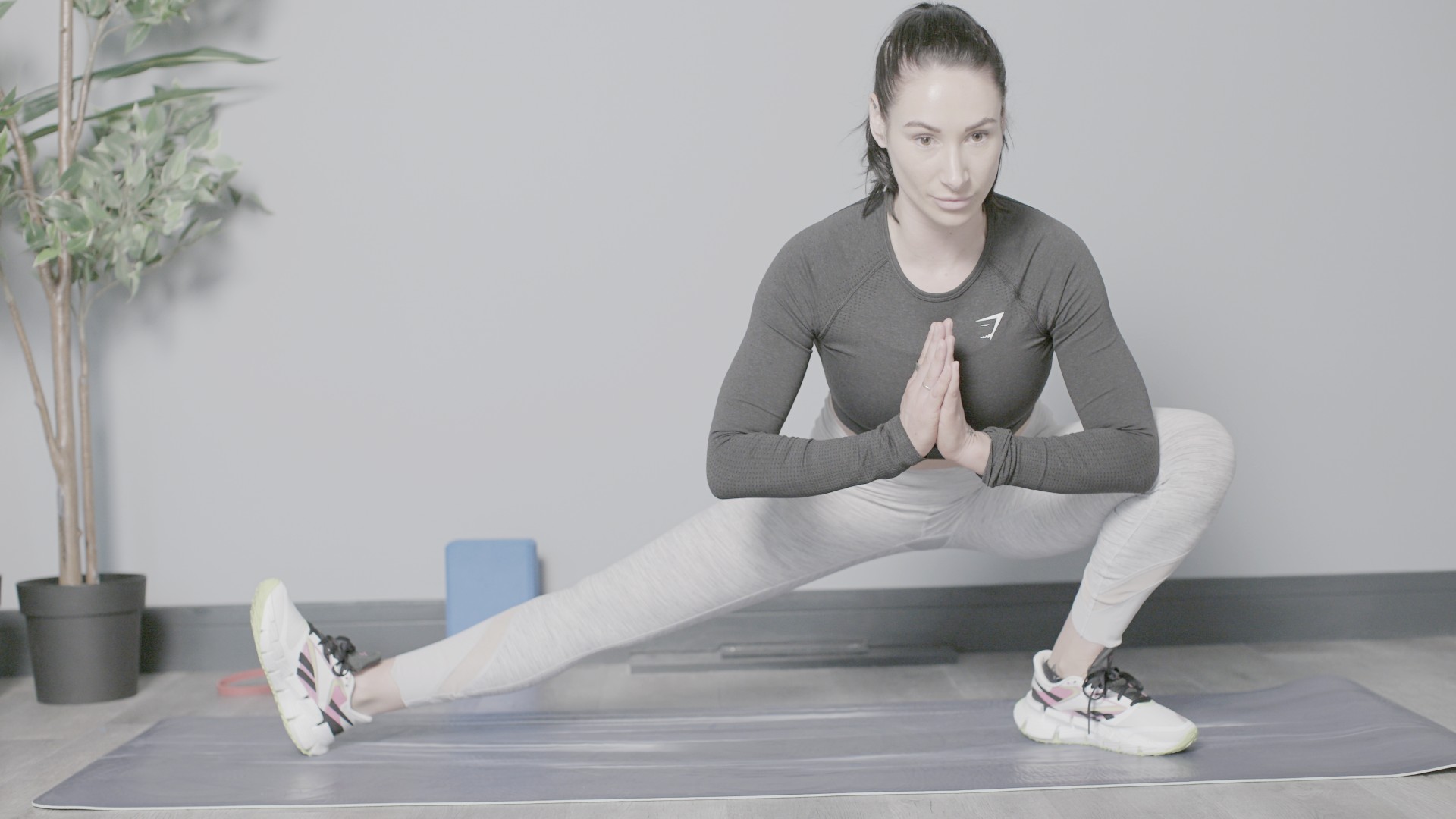
Lunges and their variations don’t just build stronger leg muscles, they teach you to balance, coordinate and stabilize as you move from one side to the other. Unilateral movement has been shown to promote a process called cross-education, which means you can indirectly stimulate muscles on the opposing side to the working muscles.
So, they are worthwhile if you can do them and enjoy programming them.
If that’s not enough reason to try the Cossack squat, then just remember this: no matter how strong you are or how much weight you can lift, to some degree, you’ll always be limited by your mobility and flexibility.
I’ve learned my lesson through injury just how important mobility work is for weightlifters and anyone who enjoys exercise, so try not to rush headfirst into a workout without considering warming your muscles and joints first.
More from Tom's Guide
- How to squat with proper form
- Forget sit-ups — it only takes 15 minutes and 1 dumbbell to build a strong core
- Best ankle stretches
Sign up to get the BEST of Tom's Guide direct to your inbox.
Get instant access to breaking news, the hottest reviews, great deals and helpful tips.

Sam Hopes is a level 3 qualified trainer, a level 2 Reiki practitioner and fitness editor at Tom's Guide. She is also currently undertaking her Yoga For Athletes training course.
Sam has written for various fitness brands and websites over the years and has experience across brands at Future, such as Live Science, Fit&Well, Coach, and T3.
Having coached at fitness studios like F45 and Virgin Active and personal trained, Sam now primarily teaches outdoor bootcamps, bodyweight, calisthenics and kettlebells.
She also coaches mobility and flexibility classes several times a week and believes that true strength comes from a holistic approach to training your body.
Sam has completed two mixed doubles Hyrox competitions in London and the Netherlands and finished her first doubles attempt in 1:11.
You must confirm your public display name before commenting
Please logout and then login again, you will then be prompted to enter your display name.





